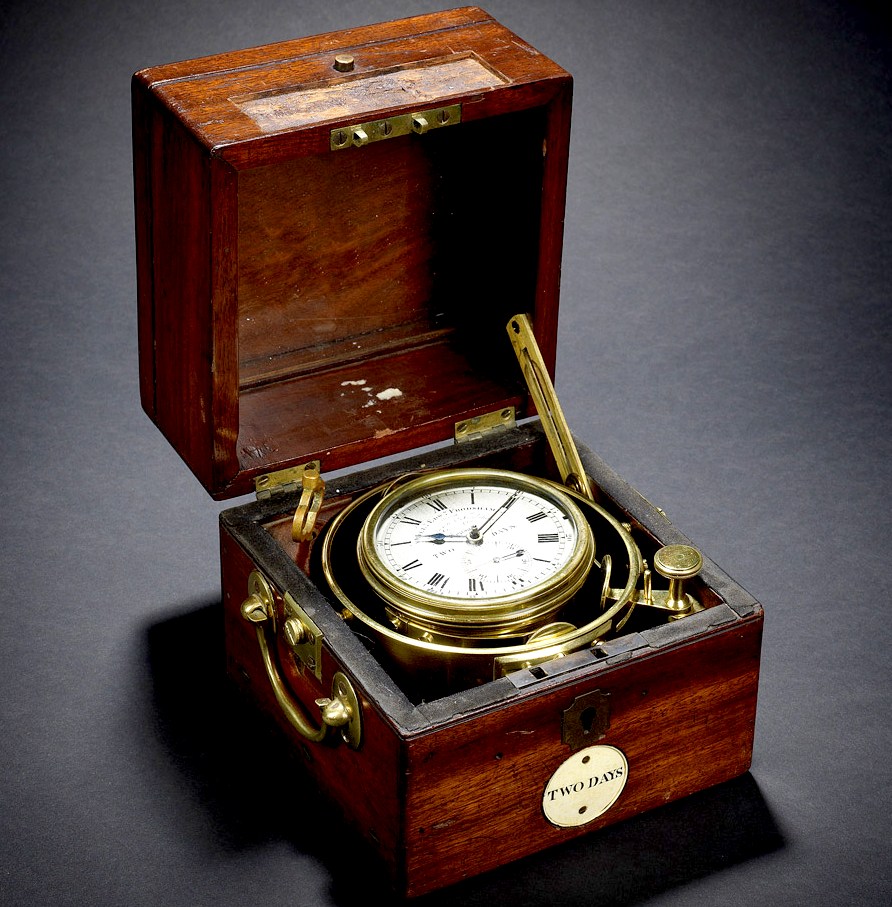|

POLITICAL
BLOCKERS - In
Britain in 1865, the legislative response to the increasing introduction
of self-propelled vehicles on English roads was the Locomotive Act
(sometimes known as the Red Flag Act). Amongst a number of provisions, it
stipulated that self-propelled vehicles needed to be proceeded with a man
walking 60 yards ahead carrying a red flag to warn other road users of the
vehicles approach. The objective of powerful stakeholders was to hinder
progress to protect their investments in horses, carriages and trains.
THE
LOCOMOTIVE ACT 1865, also known as the RED FLAG ACT, required:
1. Self-propelled vehicles to have a speed limit of 4 mph(6 Km/h) in
country roads and 2 mph (3 Km/h) in city roads.
2. It should have a crew of 3 – a driver, a stoker and flag man.
3. The flag man need to carry a Red flag and walk 60 yards (55 m) ahead of
the vehicle.
This effectively restricted the speed of the vehicle to the walking speed
of the man carrying the Red flag. He has to warn the horse carriages about
the self-propelled vehicle ahead and ensure that the driver stops the
vehicle till the horse or the horse carriage passes by.
The amended Highway & Locomotive act of 1878 reduced the distance of
the Red flag man to 20 yards but all the other conditions remained same.
These restrictive rules and regulations choked the development of the
British Motor Industry, helped by the Railway and Horse carriage lobbies.
Finally, on 14 November 1896, the new Locomotives and Highways Act 1896
was passed with the following changes and was applicable to vehicles less
than 3 tons in weight.
1. Speed limit was increased to 14 mph (22 Km/h)
2. Was exempted from the 3 member crew as well as the Red flag
To celebrate this event, Harry Lawson of Daimler
(England) and his friends organised for the London
to Brighton “Emancipation” run. The London – Brighton run starts
off with the symbolic tearing of the RED flag. The London – Brighton run
has been a regular event from 1927 until today.
By 1903, the speed limits were increased to 20 mph and later on the laws
were repealed.
..
....

SOLUTIONS
- The chronometer was vital to the ability to create charts and safely navigate the world. The first chronometers were invented by a carpenter's son:
John
Harrison.
A Marine
Chronometer is a clock that is precise and accurate enough to be used as a portable time standard; it can therefore be used to determine longitude by means of celestial navigation. When first developed in the 18th century, it was a major technical achievement, as accurate knowledge of the time over a long sea voyage is necessary for navigation, lacking electronic or communications aids. The first true chronometer was the
work of one man, John Harrison, spanning 31 years of persistent experimentation and testing that revolutionized
ocean navigation, so enabling the Age of Discovery to accelerate.
The Board of Longitude, charged with finding a solution to this navigation problem, failed to recognise when they had found what they
were looking for. This is a frequent problem for experts who only want to recognise solutions that fit within their
understanding of current knowledge - not accepting anything that does not
conform. They would rather deny a solution. The marine world thought
otherwise, gratefully accepting these timepieces as essential navigation
aids. This included the Royal Navy's Captain
James Cook (HMS Endeavour, Discovery & Resolution) and Captain
Robert Fitzroy (HMS Beagle) 1763-1779.
This
gimbaled Marine Chronometer seen above was one on H.M.S. Beagle during its second voyage (1831-1836)
with Charles
Darwin onboard. It sailed to the coast of South America, across the South Pacific towards the Galapagos Islands, New Zealand and Australia, in order to help establish a chain of reliable navigational co-ordinates around the globe.
LINKS
& REFERENCE
https://www.
|

